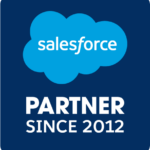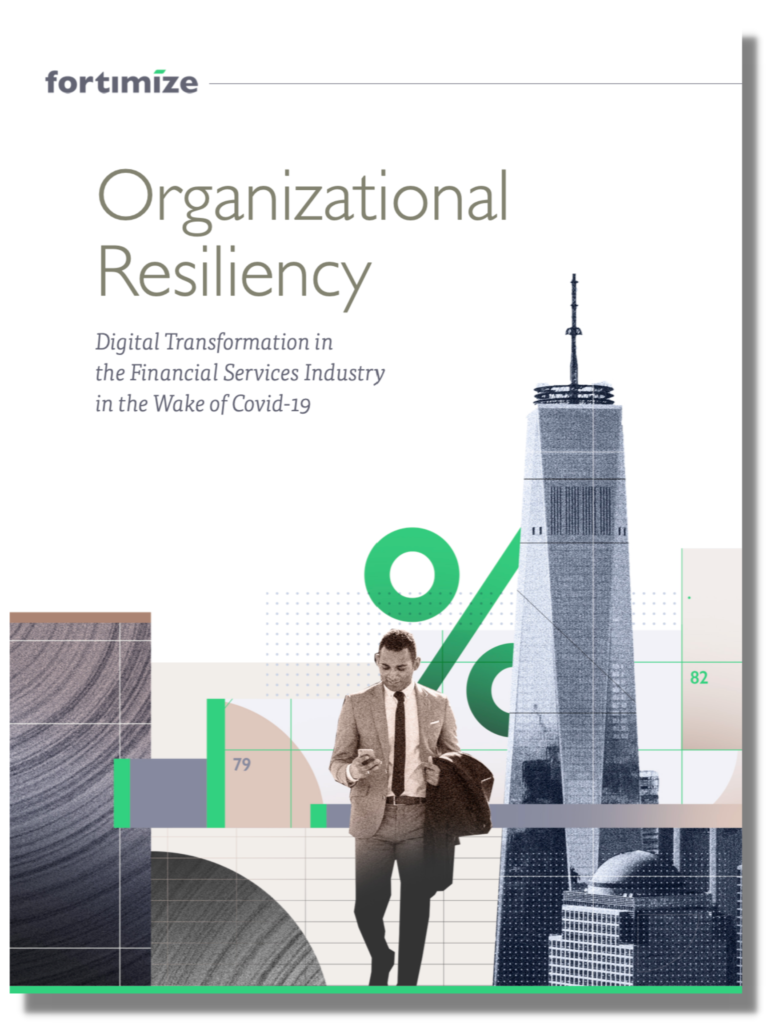On October 7th our Fortimize Focus webinar series came to life with our first session, Accelerating Digital Engagement. Jim Collins, Fortimize’s new Senior Advisory Board member and banking industry expert, hosted a panel of senior executives from community and regional banks to share exactly how their organizations were able to navigate this year’s challenges.
We covered managing the acceleration of digital transformation driven by the PPP loan program, adjusting to a remote workforce, maintaining engagement with customers virtually, and more. Continue reading for a brief recap of the session and then view the recording.
How COVID-19 Accelerated Digital Engagement in Banking
The current global pandemic has disrupted an industry already rapidly evolving. Many banks have felt the urgency to implement digital strategy in the midst of this pandemic. Digital channels, contactless payment methods, and virtualization in the workforce are no longer conveniences, but critical to public health and safety and circumstances are changing so quickly that waiting until after recovery to implement these changes might be too late.
Fortunately, for many financial institutions COVID-19 has actualized a hidden potential within the industry and removed one of the major barriers to digital transformation: acceptance. It was driven by the need to adapt, to the requirements of PPP, the needs and desires of suddenly virtual stakeholders, and the success of an agile approach to all of the challenges banks faced.
Federal Payment Protection Program Highlighted the Need to Accelerate Digital Transformation
Before the codification of the PPP, banks were mostly on their own in figuring out how to process applications, how to get money to eligible businesses, and handle issues of loan deferment and forbearance. Suddenly, financial institutions of all sizes had to figure out end-to-end digitization of many manual processes in order to cope with the sheer demand and complexity of the PPP program.
This sudden need to digitally process large quantities of data led to a quick acceptance of digital transformation on a shortened timeline with a swiftly validated business case.
Digital Stakeholders Expected Accelerated Engagement
Figuring out the technology piece is certainly important, but when navigating the what and the how, financial institutions can’t lose sight of their why. Digitalization is more than creating an advanced network infrastructure or a mobile app. It also creates a culture shift. Any process change or conversion should be done with people in mind.
Banking leaders must take three primary categories of digital stakeholders into account when designing digital engagement roadmaps:
The Team
Team members need to be able to accept change on a personal and emotive level. Thus they need to be equipped with the skills they may not have to effectively engage with new technology, and manage new processes– even if they vastly diverge from known ways of doing things.
The Customers
Customers’ lives are being disrupted in every way imaginable. Financial institutions need to understand how to adapt their digital strategies to give customers a sense of confidence and security, now and for the future.
The Community
A community is somewhat more complex and an often-overlooked category because it can shift beyond the bounds of geography or municipality. Community is now a unique, intangible blend of cultural and systemic influences.
Contributing to this shift is the reality of employees living in one region and working remotely in another. At the same time, customers increasingly rely on digital tools that enable them to transact business from anywhere in the world at the click of a button.
An Agile Culture Contributed to Successful Navigation of COVID Challenges
It is more critical than ever before to develop an agile culture. “Agile” has become a foundational concept to business development. In its most basic sense, developing an agile culture is one in which organizations can easily adapt to change, adopt new processes, and pivot quickly in response to unexpected events.
An agile culture allows financial institutions to design smooth, efficient processes using technology to appropriately enhance and streamline those processes. The ability to adapt and pivot from those processes within an agile culture leads to better outcomes at less cost to valuable human assets. In the end, the technology and attendant processes should empower people, not force them to conform to arbitrary uses of it.
Navigating the Future Requires Engaging the External FinTech Ecosystem
The global pandemic has created a benchmark moment in history– what once could be categorized as mere industry trends are now considered elements of critical business infrastructure. Digital transformation is no longer an option, it is an opportunity to innovate into the bank of the future.
Selecting the right partner to help walk through the process of digital transformation is more important than ever before. Fortimize has the industry expertise to understand the challenges and develop a successful roadmap to implementation within your organization. Contact us today to start your journey.
Together we can build the bank of tomorrow, today.
Watch the Webinar




